Next-generation traffic cameras would catch texting Tassie drivers
Fines from motorists busted by Tasmanian speed cameras should be used to fund the newest technology to catch out those using their mobile phone behind the wheel, the state’s peak motoring body says. HAVE YOUR SAY >>
Politics
Don't miss out on the headlines from Politics. Followed categories will be added to My News.
- Fisheries industry worth $1.5 billion to Tasmania
- Urchin fisheries help reduce the invasive species’ population
FINES from motorists busted by Tasmanian speed cameras should be used to fund the newest technology to catch out those using their mobile phone behind the wheel, says the state’s peak motoring body.
The RACT has urged Tasmania to follow the lead of other Australian states to return revenue from police enforcement into road safety programs.
In particular, they have called for the next generation of road safety cameras to be rolled out in Tasmania, technology which detects mobile phone use and other distractions, seat belt use and speed.

The RACT said these cameras were already in operation in NSW, after a trial detected 100,000 motorists using their mobile phone while driving.
Queensland, Victoria and South Australia are expected to have them in place by early next year.
RACT chief advocacy officer Garry Bailey said distraction and speeding were major road safety challenges.
“Other states are rolling out the latest mobile phone detection and speeding technology to make their roads safer, but Tasmania is lagging behind,’’ he said.
“The next state government should act immediately on two fronts: roll out this new enforcement technology and provide long-term funding for the program with revenue from these cameras.”

The RACT said speed contributed to 29 per cent of serious casualties in Tasmania while distraction accounted for 24 per cent.
It also quoted research that showed distraction among motorists from using a mobile phone was equivalent to driving with a blood-alcohol level of between .07 and .10.
In 2020-21, traffic policing in Tasmania was expected to rake in $21.5 million.
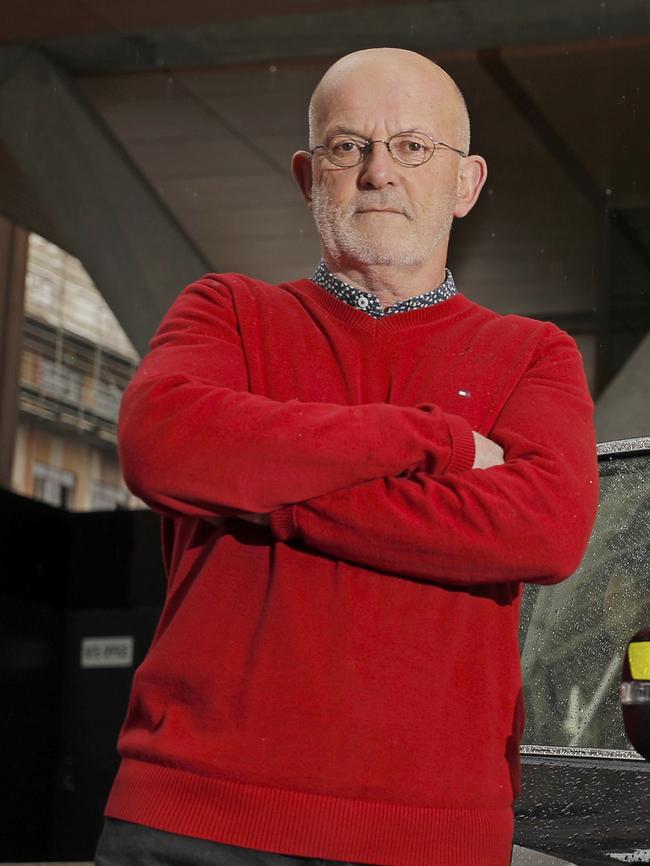
But the RACT said Tasmania was the only state that channelled the funds into general government revenue, instead of reinvesting it into road safety initiatives.
“Other states see millions of dollars being invested from enforcement revenue into road safety programs,’’ Mr Bailey said.
“Our proposition is a simple one — the law breakers would fund the system.”
West Coast tourism projects given $10M promise
A re-elected Liberal government would spend $10m on upgrading tourism facilities and to bolster health and mining on the state’s West Coast, Premier Peter Gutwein said.
The money will be spend on completing the Strahan Waterfront Precinct Plan, resuming tourism flights to the town, on upgrades to the Horsetail Falls walk, on the West Coast Heritage Centre and on the Unconformity Festival.
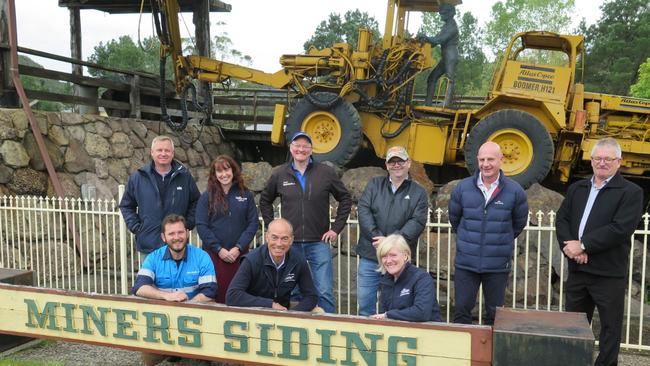
Mr Gutwein pledged two more paramedics for the region and money to increase staff numbers and upgrade equipment at the West Coast District Hospital to assist trauma patients.
And there will be $5m in joint state-federal funding over four years to assist the mining industry.
“This is a powerhouse area in terms of our broader economy,” Mr Gutwein said.
“More than $2 billion of our international exports, mining-related and resource-related and in the main. a large part of that comes out of the West Coast.”
He said the upgrades to Strahan Wharf would benefit both tourism and industry.
West Coast Council mayor Phil Vickers welcomed the funding promises, particularly for the wharf precinct upgrades.
“I think it’ll go a long way to finishing off the work that’s already been done,” he said.
“When you look down the waterfront, you’ll see basically quite nice new buildings and I think a couple of million dollars will go really a long way, spent wisely, to finish off the job.”
Lack of spending boosts budget bottom line
THE state budget is in a better than expected state — in large part because the government continues to fail to deliver around a quarter of the infrastructure spending it promises.
Treasury released the Pre-Election Financial Outlook Report on Tuesday, as required by a law designed to increase transparency about the state’s financial situation before elections.
It reveals that the state economy is performing well as it recovers from COVID-related restrictions.
The predicted budget deficit has been revised down from $1.18b to $950m and net debt at the end of the financial year will be $1.2b rather than the $1.8b originally predicted in November.
Improved GST receipts and duty from the state’s booming property market have helped.
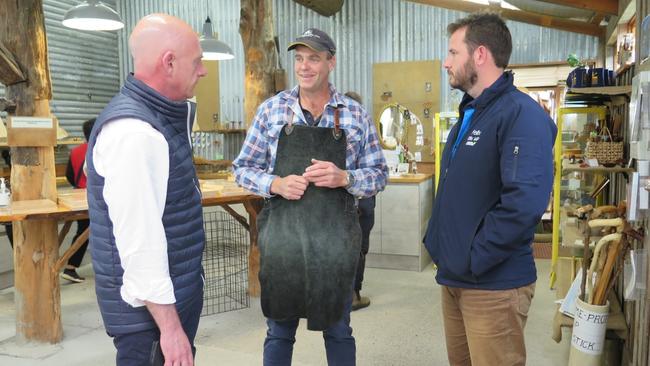
So, too, has the government’s continued failure to deliver its big infrastructure promises.
“Treasury is of the view that it is likely that infrastructure investment outcomes over the forward estimates period will be lower than currently projected by agencies,” it said.
“This assessment is based on recent trends and data in infrastructure outcomes including historical under-expenditure of the General Government Sector Infrastructure budget — over the period 2014-15 to 2019-20 an average annual underspend of approximately 25 per cent has occurred.”
Labor’s treasury spokesman David O’Byrne said the figures showed the government was not capable of keeping promises
“They will under deliver their infrastructure budget this year by over $600 million. What that means is Tasmanians won’t get roofs over their heads, our health system and hospital system will still be in crisis, and Tasmanians will be stuck in traffic,” he said.
“The one thing that they’ve got responsibility for is to deliver an infrastructure program.
“The numbers today show that they will … under deliver on infrastructure investment by over $600 million. That is an abject failure – and that’s failing Tasmanians.”
In a joint statement, Premier Peter Gutwein and Finance Minister Michael Ferguson said the figures showed their plan was working
“The Pre-Election Fiscal Outlook confirms Tasmania’s Budget has significantly improved, jobs have rebounded strongly and our economic outlook is positive with strong growth expected,” they said.
“A strong economy and responsible budget management allows us to invest in the essential services Tasmanians need, and only a majority Liberal Government has the track record to deliver this.”
‘Stinky’: Parks proposals remain under wraps
REVELATIONS the government had kept secret dozens of projects proposed in national parks were further evidence of a ”stinky exploitative process” that had little public support, the Greens say.
It has been revealed that there have been 60 proposals made under the controversial Expressions of Interest process since 2016, although the details of just 29 have been made public.
Greens leader Cassy O’Connor said the entire process was secretive and sneaky.
“Where are the remaining proposals, and at what scale? What assurances have been made to potential developers? What values will be compromised by developers to make a profit at the expense of wilderness?” she asked.
“The EOI process not only degrades wilderness, it undermines the tourism industry and the hard-won globally recognised, clean green brand.
“Rather than supporting businesses around the state in an open and transparent way, the Liberals have been running dodgy backroom deals through the Office of the Co-ordinator General.”
Where will Tasmania’s next iconic wilderness trek be developed?
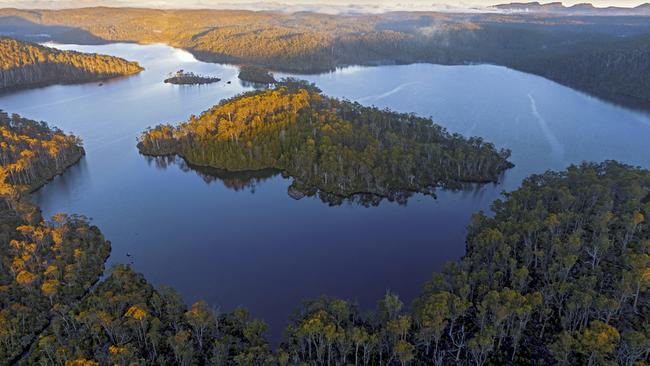
Among the proposals revealed to date as a Dark Lab pavilion at Ida Bay, private huts in the Walls of Jerusalem and a standing camp plan at Lake Malbena.
Premier Peter Gutwein defended the government’s policy of allowing some development in national parks.
“We know from the Auditor-General, recently, when he reviewed that process, he found it effective and robust and their process continues,” he said.
“It’s more transparent than any policy that has ever been run by a Tasmanian government in the past. Go back 10 years ago and go back 20 years ago, and the first people knew about these sorts of developments was when they were actually underway.
“What we have now is a process where people can bring forward their intellectual property where that can be assessed, any red flags can be understood and if a decision’s made to proceed, then they go through the full planning process, both Australian government, Tasmanian government and local if necessary, so it’s a very transparent process.”
Push to end secret election donations
THE current state election should be the last one to be tainted by the corrupting influence of secret money, the Greens say.
Tasmania has the weakest laws covering electoral donations in the country, despite pledges from Premier Peter Gutwein that the laws would be reformed.
No donations have been disclosed under a voluntary policy of revealing amounts of $5000 or above.
Greens leader Cassy O’Connor said the vast bulk of donations remained secret forever because of the threshold of $13,700 for donors to be identified.
“It’s really important to understand that election campaigns should be a contest of ideas and values, not of how much money a political party has been able to obtain from a corporate interest,” she said.
“No company gives money to a political party just because it’s feeling generous.
“There’s always an expectation that there’ll be a quid pro quo of some sort. We need to have a prohibition on donations from developers and foreign donors because that sort of money going into major political parties can corrupt good policy.
“It’s one of the few transparent things about this government that they’re not interested in donations reform because it suits the Liberal Party, to have corporations – big gambling, big mining, big forestry, big fishing – make donations to the Liberal Party and not have to be transparent about it.”
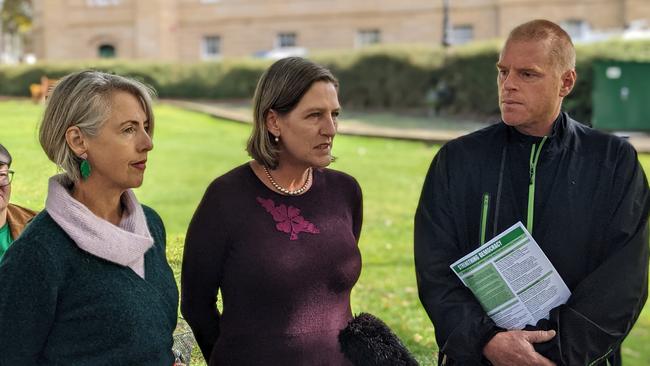
The Greens’ policy includes a cap on political donations, a ban on donations from companies and foreigners, real-time donations disclosure and the public funding of election campaigns.
The Greens would expand parliament to 35 seats, expand the ministry, require the disclosure of all government contracts, leases and licences, and create an offence of misconduct in public office.
The policies were costed at $37.5m.
Ms O’Connor said increasing the size of parliament was another policy that would improve outcomes.
“It’s a fundamental of democracy that you need a healthy and viable parliament, and any observer of Tasmania’s parliament will be able to see that a 25-seat house is not functional,” she said.
“We’ve seen a Premier struggle to put together a Cabinet and have to reach into the Upper House to fill his Cabinet.
“For the size of our population we have one of the smallest parliaments in the world and we think that there’s broad support in the community for restoring the numbers because people can see as such a small parliament, in many ways, is dysfunctional.”
Labor launches bid to tackle homelessness
FOUR year of sleeping in his car most nights is beginning to take its toll on Jake.
His back hurts and the nights are getting colder and not having somewhere to live means he can’t have his son over at the weekends.
But what makes his situation even crueller is not knowing when it might end.
“I can’t see any reason why I’ve waited over four years already,” he says, “I would take anything, anywhere.
“I’ve been in the car off and on the whole time. It gets pretty cramped in there.
“The shortest wait I have ever heard of is 18 months — but even that’s a long way from four years.”
Jake said he often drives past empty public housing properties on his way to find somewhere to park for the night.
Labor MP Alison Standen has been trying to help Jake find somewhere he can call home and resume contact with his son.
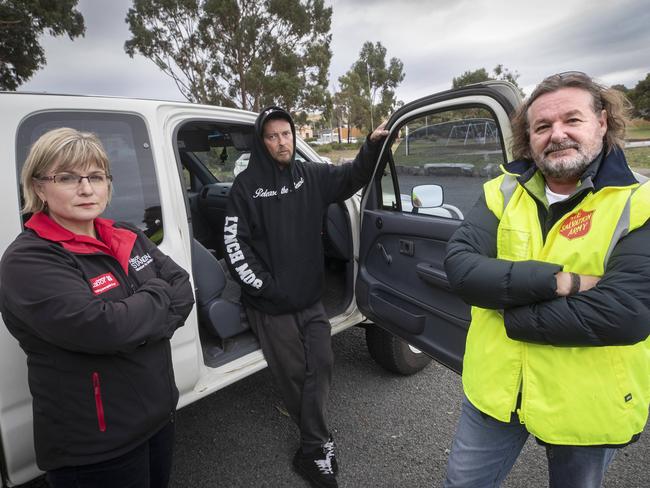
She said a White Labor government would put more money into services to support homeless people into housing.
“We will commit $80,000 to the Salvation Army to extend the suite of outreach services to expand the capabilities across the Franklin electorate,” she said.
“I’ve noticed that there’s been an increased homelessness problem on the Eastern Shore.
“There are people sleeping rough in the dunes behind Bellerive Beach, around Blundstone Arena.”
Ms Standen said Hobart was experiencing a new surge of homelessness as the housing supply was squeezed and there was a need for better services to help people deal with the underlying issues that cause and come with being without secure accommodation.
Salvos housing and homelessness manager Don McCrae said providing housing was the first step of fixing homelessness, but longer-term solutions were more complicated.
“It’s a hard ask to ask somebody to come up from the street, effectively, or from living in their car to maintain a tenancy in the community,” he said.
“I think sometimes we use an opportunity just to get somebody in a house and that’s it, ‘see you later’.
“And we know that that’s not quite enough for a lot of people.”
Seafood industry reels in $2.85M of election pledges
POLITICAL promises around election time are sometimes a bit fishy, but the seafood industry has hailed the promise of more government support as the catch of the day.
Liberal candidate Guy Barnett says a reflected Gutwein government would spend $3m on industry assistance.
“Tasmania’s wild fisheries, including abalone, scalefish and rock lobster, are an integral part of our economy worth around $187 million each year, while our oyster industry has around 60 growers and is worth around $28 million,” he said.
“These fisheries support hundreds of jobs, many in regional communities, and they help underpin Tasmania’s global reputation as a producer of premium seafood.”
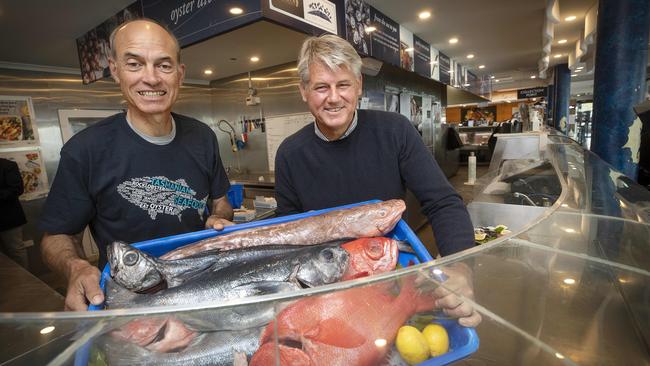
The support would include:
* $1m a year for two years for a Wild Fisheries Action Plan and an Eat More Seafood campaign,
* $250,000 over two years for emerging marine industries.
* $250,000 over the next two years for Assist with the development of Aboriginal cultural fisheries,
* $350,000 for oyster industry levy relief.
Tasmanian Seafood Industry Council CEO Julian Harrington said the industry was going through a period of upheaval and the help was welcome.
“Our members are doing a tough out of COVID and now with some of the market disruption issues,” he said.
“We want to make sure our members have safe boats, competent crews, skilled crew, and most importantly, a market for our product once we’ve caught it.”


